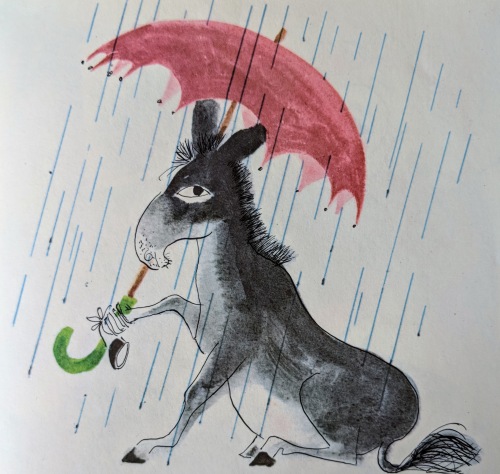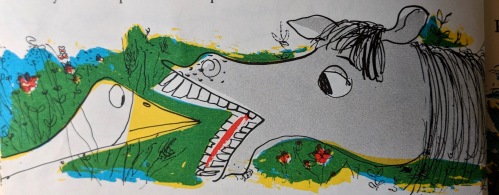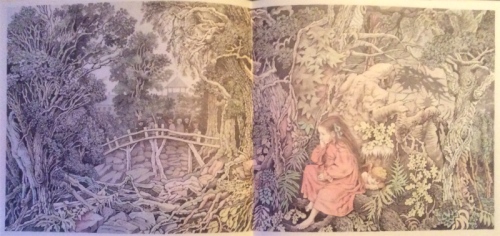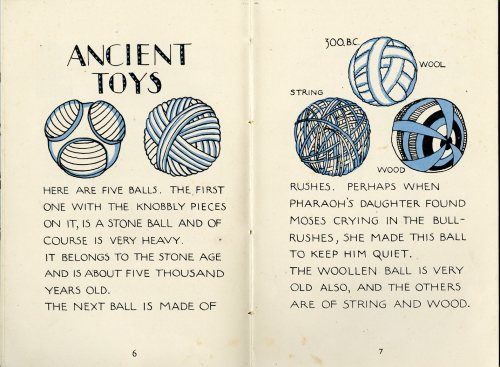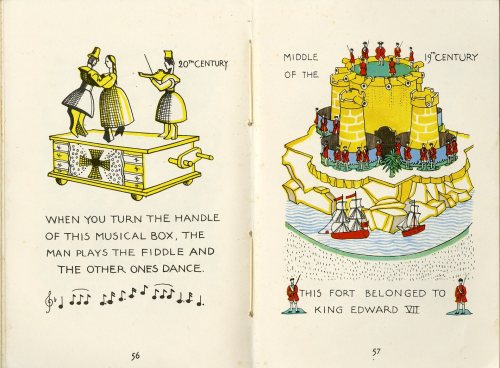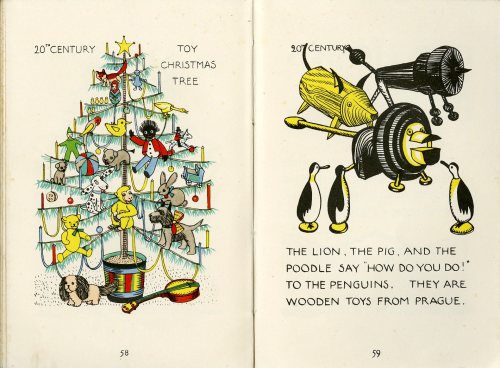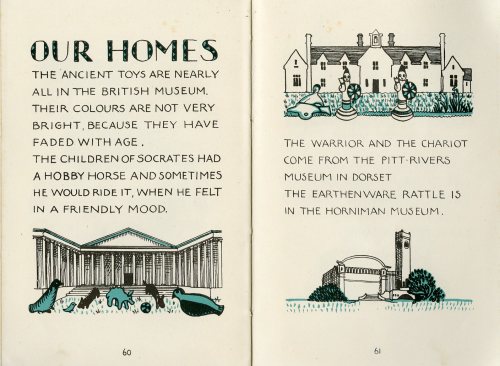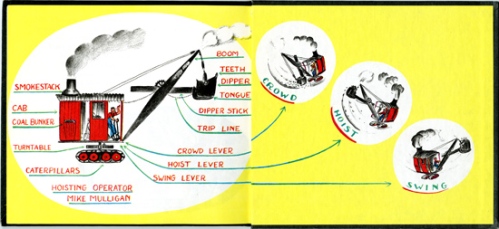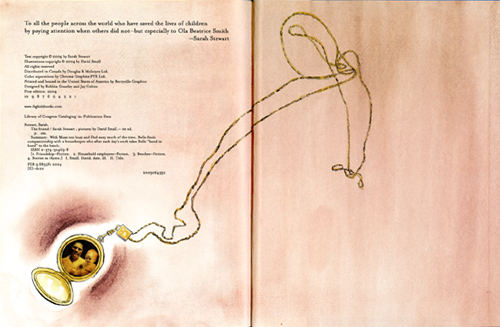Last week Julie Larios wrote about the poem The Gingham Dog and the Calico Cat on this blog. It brought back memories of my dad reading to us every Sunday night. Every once in a while it was an evening of poems, including that Gingham Dog and Calico cat one.
Dad’s selections were all over the map from my mom’s favorite (The Love Song of J. Alfred Prufrock) to Ogden Nash to Edgar Allan Poe. How could you not fall in love with words? How could you not want to be a writer and play with words, too?
T.S. Elliott was as high brow as things got. We got doses of other more adult-ish poems, like Dorothy Parker’s Resume:
Razors pain you;
Rivers are damp;
Acids stain you;
And drugs cause cramp.
Guns aren’t lawful;
Nooses give;
Gas smells awful;
You might as well live.
But most of the poems were aimed at the kids sprawled around the living room. We loved things like Poe’s The Bells or Anabelle Lee and, of course The Raven.
It helped that we’d already heard The Purple Cow before we heard Nash’s The Abominable Snowman:
I never saw an abominable snowman
I’m hoping not to see one,
I’m also hoping if I do
that it will be a wee one.
The Cremation of Sam McGee (Robert Service), Casey at the Bat (Ernest Lawrence Thayer) and The Jabborwocky (Lewis Carroll) were favorites.
Sometimes the poems were sentimental like Wordsworth’s I Wandered Lonely as a Cloud or Henry Wadsworth Longfellow’s The Children’s Hour.
But as kids who were growing up in an earnest world (Dick and Jane, Howdy Doody, The Wonderful World of Disney) our absolute favorite was How to Treat Elves by Morris Bishop, which my father gleefully read in a nice treacly manner.
It was transgressive and meta in a way none of us had quite heard before. Of course, this kind of thing is everywhere now. But back in the day my father could count on a delighted audience every time he brought it out. Here it is:
“How To Treat Elves”
by Morris Bishop
I met an elf man in the woods,
The wee-est little elf!
Sitting under a mushroom tall–
‘Twas taller than himself!
“How do you do, little elf,” I said,
“And what do you do all day?”
“I dance ‘n fwolic about,” said he,
“‘N scuttle about and play;”
“I s’prise the butterflies, ‘n when
A katydid I see,
‘Katy didn’t’ I say, and he
Says ‘Katy did!’ to me!
“I hide behind my mushroom stalk
When Mister Mole comes froo,
‘N only jus’ to fwighten him
I jump out’n say ‘Boo!’
“‘N then I swing on a cobweb swing
Up in the air so high,
‘N the cwickets chirp to hear me sing
‘Upsy-daisy-die!’
“‘N then I play with the baby chicks,
I call them, chick chick chick!
‘N what do you think of that?” said he.
I said, “It makes me sick.
“It gives me sharp and shooting pains
To listen to such drool.”
I lifted up my foot, and squashed
The God damn little fool.
Now there’s a kid’s poem!
https://www.poetryfoundation.org/poems/43190/bed-in-summer










